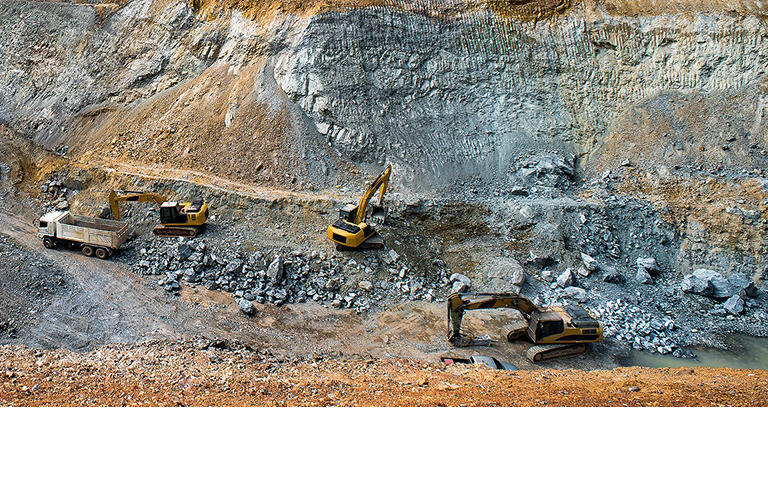
Reading the words of Thabo Mbeki that, “We are a very big mining country and historically have been exporters of raw minerals. There is no particular reason why we should not be processing those further”, the obvious ensuing question is, “but where is the technology”?
A thorny issue that has become an albatross on our economy, has been the quantum of importation of materials for mining related activities. According to the 2022 Report of the Ghana Chamber of Mines, import of mining consumables by producing member companies of the Chamber amounted to USD 224.443 million whilst that of offshore capital expenditure amounted to USD 831.238 million.
Again, the primary interest in any mineral processing is optimum recovery of the mineral being processed. But at what cost to the environment? Thus, in the context of sustainable development, can there be a more environmentally friendly process of recovering minerals in commercial quantities without compromising the environment to such an extent that would endanger our very survival?
These issues always trigger my favorite quote by the Hungarian-American Biochemist, Albert Szent Gyorgyi, who said, “if I go out into nature, into the unknown, to the fringes of knowledge, everything seems mixed up and contradictory, illogical, and incoherent. This is what research does; it smooths out contradictions and makes things simple, logical and coherent”.
In my unilateral interpretation, therefore, research and innovation hold the key to develop some of the technologies needed for effective, import-substitutive, and environmentally non-hazardous solutions for Ghana’s mining sector. The technologies for the local production of Activated Carbon, and pretreatment of refractory gold ores are two of such interventions as discussed below.
I. Technology for the production of Activated Carbon
The Ghana Chamber of Mines in its quest to find solutions to some of the problems of mining companies, identified Activated Carbon, used by mining companies as the product that the Chamber could facilitate its local production.
In the Chamber’s view, such a move has the potential of reducing the importation of Activated Carbon which is estimated at about USD 9 million annually for the mining sector alone, by half.
The importation of the product is estimated to be about USD 36 million when the water, beverage, and petrochemical industries are also considered.
In search of a partner institution with the requisite expertise to realise this mission, the University of Mines and Technology (UMaT), was identified and tasked to develop the technology for the production of Activated Carbon.
The University team, led by Professor William K. Buah, a minerals and waste processing engineer, initiated the research into the development of the technology. With the successful research, design of reactors, and subsequent production of samples of the product, which was found to give a higher gold recovery, it is expected that when the technology is commercialised, Ghana will join other West African countries such as Sierra-Leon and Togo, in the production of the highly coveted material for industrial processes, especially gold processing.
As an import substitution action, this breakthrough will first provide a route for environmentally friendly waste management, save our economy and currency from the detriments of large importation of the material, and also create jobs and foreign exchange through export of the material.
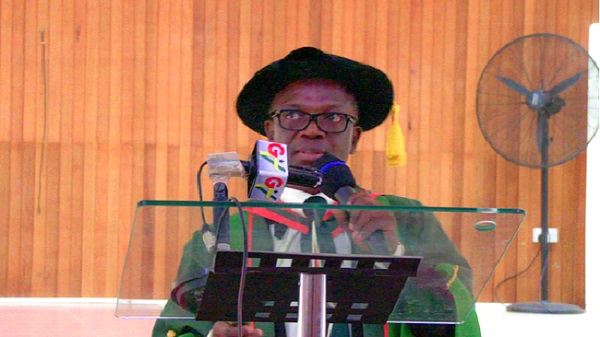
Prof William K. Buah presentating on the technology. Photo credit: Audio-visual Unit, UMaT, Tarkwa
Sample of pelleted Activated Carbon
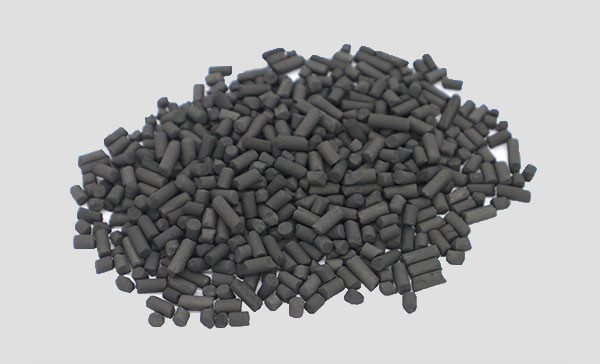
II. Ecofriendly Gold Pretreatment Process
The Problem
In the recovery of gold from refractory (hard-to-treat) gold ores, pretreatment is required to decompose recalcitrant components like sulphides, carbonaceous material (CM), tellurides and cyanicides that compete against the smooth extraction of gold by conventional methods.
The pretreatment is aimed at releasing locked-up gold before cyanidation, a process involving the use
of cyanide, to deactivate the carbonaceous matter and prevent it from adsorbing (holding-up)
dissolved gold.
The commercial pretreatment processes used for smooth gold extraction in such stubborn ores include roasting (pyrolysis) at very high temperature (450-750 o C), oxygen pressure oxidation, and bacterial oxidation. Some of these commercial processes, however, present a number of very serious concerns, notably, environmental pollution, operational safety challenges and high cost.
Examples of disasters due to pyrolysis include the 2014 Joensuu explosion in Finland, injuring 3 people; the 2014 Budennovsk, and 2012 Khanty-Mansiysk disasters, both in Russia, which claimed eight (8) lives.
Though the pressure oxidation process eliminates the harmful gaseous products, it is associated with operational difficulties such as safety due to high operating temperatures and pressures, higher rates of material corrosion, and higher equipment cost.
In view of the above, the use of biooxidation, the biological counterpart of pressure oxidation, has become more prominent for the past two decades. Biooxidation partly reduces the high cost associated with roasting, and generally improves upon gold recovery and environmental/safety aspects of processing.
It involves the use of bacteria in the oxidation of sulphides to liberate locked-up gold in the refractory ores, thereby, making it amenable to cyanidation.
Unfortunately, it also presents a problem termed Preg-robbing, a phenomenon that leads to a reduction in gold recovery, when the refractory ore also contains CM. It arises because some organic CM naturally present in the ore does not get oxidised by the bacteria, and thus, enters into the downstream gold dissolution circuit and adsorbs the dissolved gold. Since the natural CMs generally have fine particle sizes (2-50 µm), they cannot be separated from the rest of the ore slurry after gold adsorption.
That is, the fine particles escape the opening of the typical screens used in the leaching circuit in the adsorption of gold by CMs leading to gold losses and so the researchers devised an improved process as summarised below.

The dangers of pyrolysis on the environment
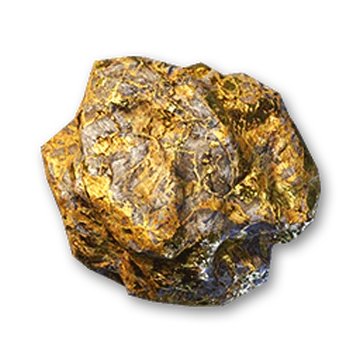
A sample of refractory gold ore
“Mycohydrometallurgy”, the Novel Process in Pretreatment of Refractory Gold Ores
Mycology is the study of fungi. “Mycohydrometallurgy”, a terminology first coined and introduced into the literature by the research team led by Prof. Grace Ofori-Sarpong, of the UMaT, is the application of fungi in hydrometallurgy.
For their research, they employed the fungus Phanerochaete chrysosporium (a white rot mushroom-like fungus) to break down the major refractory components in refractory gold ores; thus, surrogate CMs on one hand, and surrogate sulphidic materials on the other hand; with the aim of developing a ‘one-pot’ process that pretreats refractory ores to enhance overall gold recovery.
This alternative pretreatment process is astounding and novel because:
The researchers successfully used the fungus P. chrysosporium in the pretreatment of double refractory gold ores (DRGO) in a single stage, leading to an increase in gold recovery, a process, which, hitherto, had been unsuccessful. In other words, P. chrysosporium has the ability to oxidise sulphide minerals and deactivate CM simultaneously in DRGO;
The fungus has also been utilised to deactivate anthracite-grade carbonaceous matter and reduce the problem of preg-robbing extensively; and
Being environmental microorganism, the fungi used in this pretreatment process do not pose environmental hazard, saving our environment of the deadly pollutants associated with roasting and pressure oxidation.

SEM analysis of as-received anthracite (a) showing structured surface with open pore spaces and treated
anthracite (b) showing a surface with pores covered
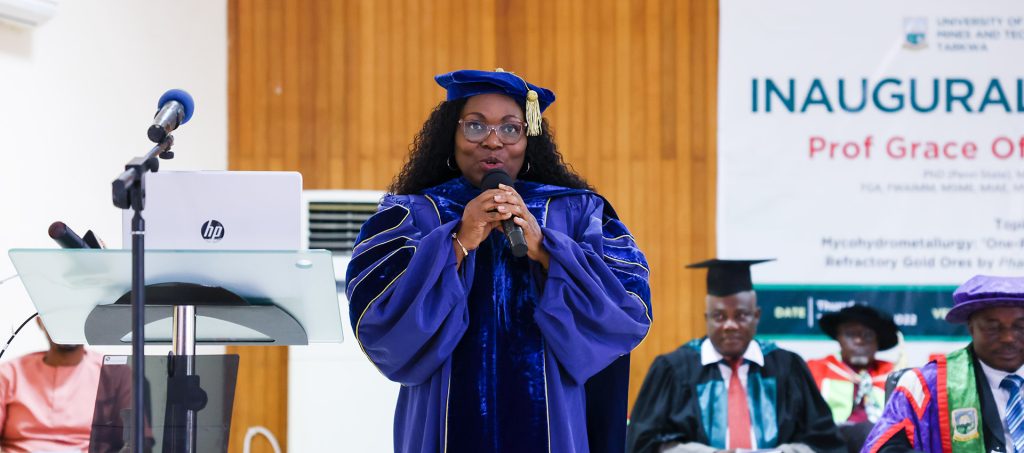
Prof Grace Ofori-Sarpong, presenting on the Novel Pretreatment Process. Photo credit: Audio-Visual Unit.
The Triple Helix Innovation from a Mining Perspective
Underpinned by the visionary leadership of the UMaT, led by the Chancellor, His Exellency, John Agyekum Kufour, Chairman of the Governing Council, Dr S.S. Yirenkyi, and the Vice Chancellor, Prof Richard K. Amankwah, these and other groundbreaking interventions are the result of a conscious effort by the premier mining university in West Africa, to strategically collaborate with its major stakeholders, mainly mining companies, and government, to identify key challenges in the sector, and develop research-based solutions to them.

The triple helix innovation model
Writer: Michael Bremfi
